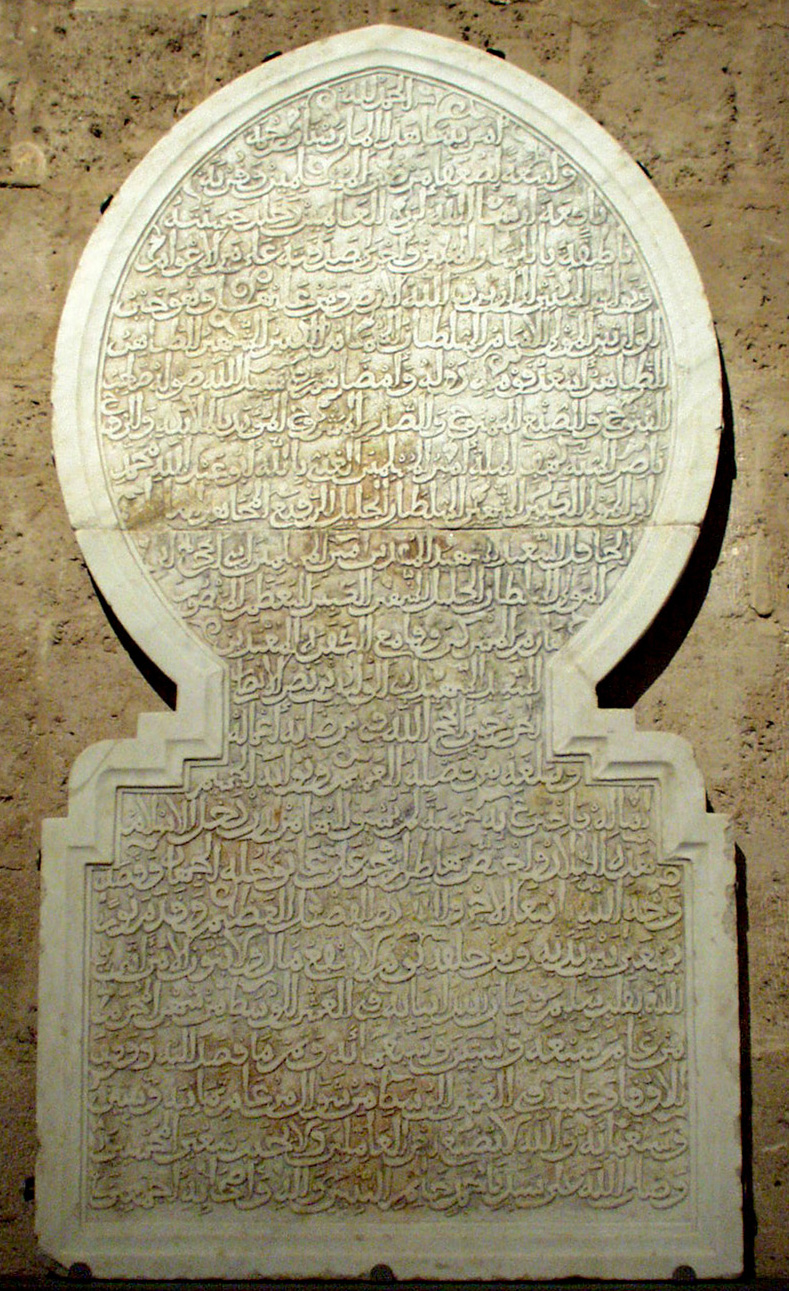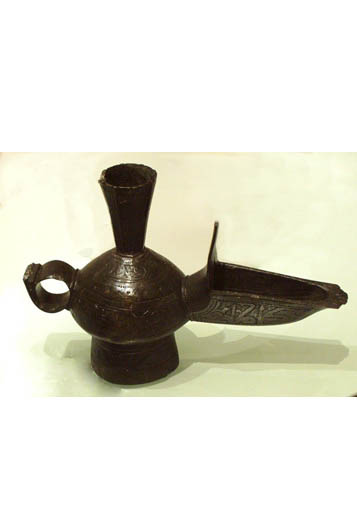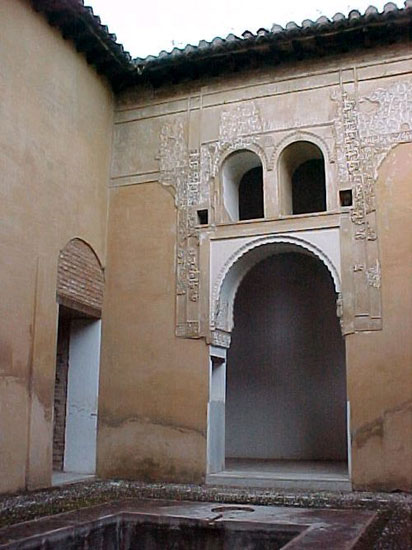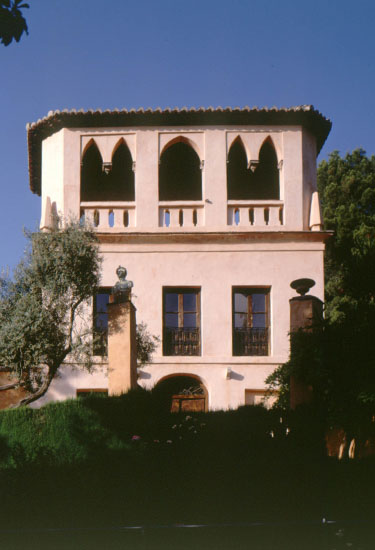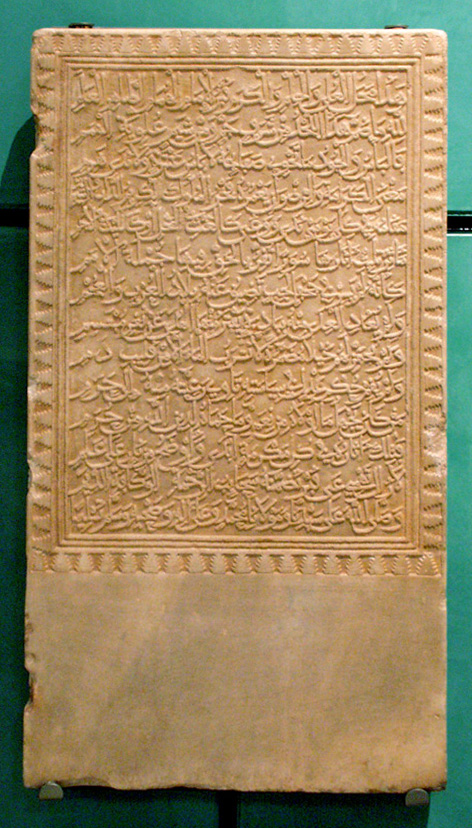Burial Stone from the Rawda of the Alhambra
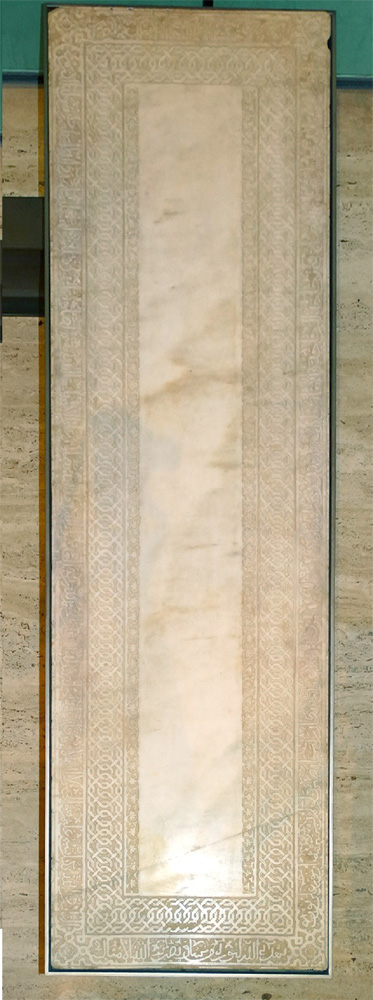
One of the great mysteries of the Nasrid Dynasty is the final restingplace of the Sultans that ruled the last Muslim Kingdom in the Iberian Peninsula.
In the city of the Alhambra just behind the amazing Palace of the Lions, there are still a few vestiges of the place where they were laid to rest for all eternity: the Rawda, a burial ground that was very close to the Mosque. There are various headstones belonging to ancestors of Boabdil, Sultans and Princes whose bodies, according to historians, were moved when the Christians arrived in this impressive city. Today their whereabouts remain a mystery, although various hypotheses have been put forward and investigations continue.
Some pieces of these royal tombs remained in situ and were recovered and conserved so that today we can appreciate their enormous historic, and indeed artistic, value in the Museum of the Alhambra.
One of the headstones from the royal graveyard has been chosen as December’s piece of the month and will serve as an example for exploring different aspects of Nasrid funeral rituals, such as the rules that governed them or their social implications.
Slightly over 170 cm long, the decoration of this piece leaves no doubt as to its origins. We will be analysing its most important characteristics and techniques. For the moment, we can say that this block of marble has undergone careful, delicate carving and polishing that transport us back in time while still being relevant today. Epigraphy, geometry… in short, science at the service of religion. We will also make a brief comparative study of how different factors influenced funeral artwork for a variety of social, economic and geographical reasons.
Time:
Saturdays at 12:00 (No presentation on Saturday 31st)
Place:
Room VI, Museum of the Alhambra, Palace of Charles V





 Contact
Contact






